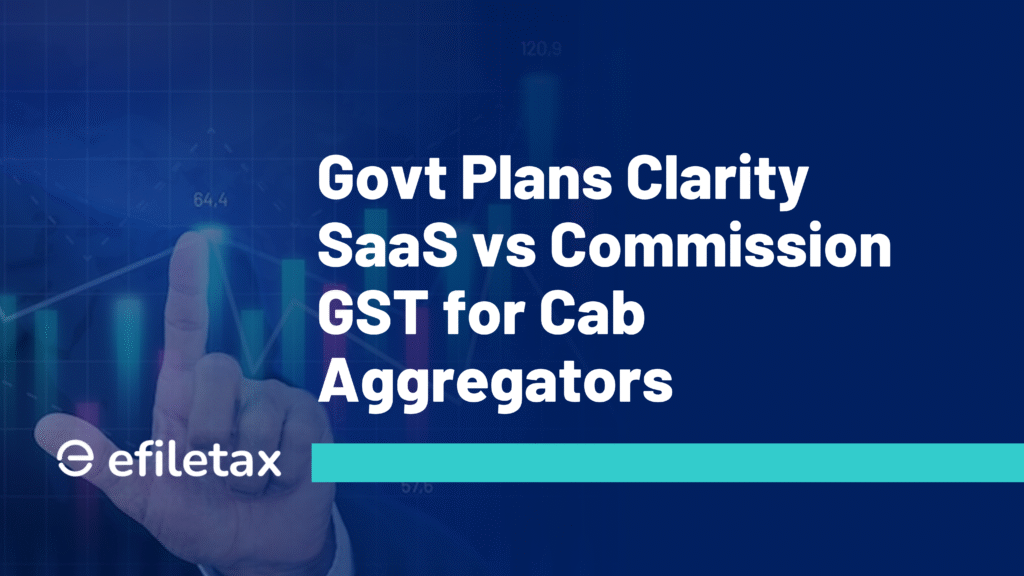
The government is drafting clear GST rules for cab aggregators like Ola and Uber, focusing on whether they operate under a SaaS license or a commission model. This aims to prevent double taxation and compliance confusion for cab drivers and app operators alike.
Introduction
The GST on Cab Aggregators has been a grey area for years. Recent discussions highlight the government’s move to clarify whether cab apps should pay GST under a Software-as-a-Service (SaaS) licence or as a commission-based intermediary. This will impact millions of daily rides and driver payouts.
Why the Confusion Exists
Under GST laws:
- A SaaS model treats the platform as a software provider; the cab driver uses it to find passengers.
- A commission model treats the platform as an agent, earning a service commission per ride.
This distinction affects:
- Who collects GST — app or driver
- The applicable rate — 5% on transport or 18% on software
- Input Tax Credit (ITC) eligibility
Govt’s Proposed Clarity
To resolve mismatches and legal disputes:
- The CBIC is likely to issue a detailed circular or amend Notification No. 11/2017-CTR (rate schedule).
- It may align the treatment with Supreme Court and High Court interpretations of intermediary services.
- The aim: prevent double taxation and reduce tax evasion by informal drivers.
📌 Legal Insight: In Uber India Systems Pvt Ltd vs CCT, 2021, courts discussed the aggregator’s dual role — as a tech provider and as an agent. This is now driving policy review.
Practical Impact for Aggregators
If clarified as SaaS:
✅ Platform charges 18% GST on software usage.
✅ Drivers handle ride GST separately at 5%.
If clarified as commission:
✅ Platform collects 5% GST per ride from passengers.
✅ Drivers don’t handle separate GST on fare.
Expert Tip
✔️ CAs & tax consultants should advise cab fleet owners to review contracts. Ensuring whether the platform fee is software licence or ride commission helps plan Input Tax Credit claims properly.
Possible Next Steps
Here’s what cab aggregators and drivers should do now:
- Review agreements: Clarify how platform charges are labelled.
- Stay updated: Watch for official circulars on cbic.gov.in.
- Consult experts: Adjust GST filings once the new rule is notified.
Internal Link
👉 For more on GST compliance for small businesses, check our GST Filing Guide for Startups.
FAQs
Q1. Is GST applicable to cab rides?
Yes, passenger transport by cab attracts 5% GST.
Q2. What happens if my aggregator charges 18%?
This may be for software or SaaS fees. Clarify in your agreement to avoid double tax.
Q3. How can drivers claim GST refunds?
Drivers usually can’t claim ITC on fuel, but may claim on other input services if registered.
Closing
The upcoming clarification on GST on Cab Aggregators aims to remove legal ambiguity and ensure fair taxation for drivers and apps alike. Stay compliant and up-to-date — and trust Efiletax for hassle-free GST filing and advice.